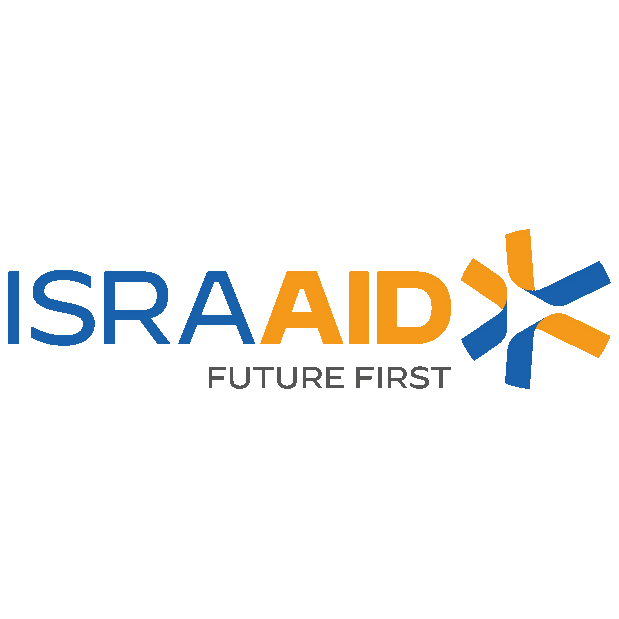GIS for Disaster Risk Management Training
INTRODUCTION
In an era of increasing natural and man-made disasters, Geographic Information Systems (GIS) have become essential tools for disaster risk management (DRM). GIS enables the spatial analysis of hazards, vulnerabilities, and risks, helping decision-makers plan for, respond to, and recover from disasters effectively. The GIS for Disaster Risk Management course is designed to equip disaster management professionals, urban planners, government officials, and emergency responders with the skills needed to use GIS for managing disaster risks.
Participants will learn how to apply GIS to identify hazard-prone areas, assess vulnerabilities, develop disaster risk maps, and create emergency response plans. The course integrates technical GIS skills with practical applications in DRM, offering participants the ability to support disaster preparedness, mitigation, response, and recovery efforts using spatial data and analysis.
DURATION
5 Days
TARGET AUDIENCE
This course targets individual in the Agricultural Extension sector (policy makers, senor officials and officers) collaborating with local communities, in finance corporations, governments, Public Health Officers, non-governmental organizations, and research companies supporting agricultural activities and developmental projects.
OBJECTIVES
By the end of this course the participants will be able to:
- Understand the Role of GIS in Disaster Risk Management:
Learn the fundamental concepts of disaster risk management and how GIS can be used to map hazards, assess risks, and enhance disaster preparedness. - Hazard Mapping and Risk Assessment Using GIS:
Use GIS to identify and map disaster hazards (e.g., floods, earthquakes, landslides) and perform risk assessments for vulnerable populations and critical infrastructure. - Vulnerability and Exposure Analysis:
Analyze spatial data to assess the vulnerability and exposure of communities, assets, and resources to various hazards. - GIS for Disaster Preparedness and Response Planning:
Apply GIS to design emergency response plans, evacuation routes, and resource allocation strategies for disaster response. - Post-Disaster Damage Assessment and Recovery Mapping:
Learn how to use GIS for rapid damage assessment after a disaster and create recovery maps to guide rebuilding efforts. - Use of Remote Sensing for Early Warning Systems:
Integrate GIS with remote sensing technologies to build early warning systems for monitoring disaster risks and providing real-time alerts.
COURSE OUTLINE
Module 1: Introduction to Disaster Risk Management and GIS
- Overview of disaster risk management (DRM): Key concepts—hazard, vulnerability, risk, resilience
- The role of GIS in disaster risk reduction and emergency management
- Types of hazards: Natural (earthquakes, floods, cyclones, etc.) vs. man-made (industrial accidents, urban fires)
- Case studies: GIS applications in disaster risk management and mitigation
Module 2: Hazard Mapping Using GIS
- Types of hazard maps: Flood risk maps, seismic hazard maps, landslide susceptibility maps, etc.
- Collecting hazard data: Historical disaster data, geological surveys, climate models
- Spatial analysis for hazard identification: Understanding spatial patterns of hazards (e.g., flood zones, fault lines)
- Practical exercise: Create a flood risk map using GIS and hazard data
Module 3: Vulnerability and Risk Assessment in GIS
- Vulnerability assessment: Identifying vulnerable populations, critical infrastructure, and economic assets
- Risk assessment methodologies: Overlay analysis to combine hazard, exposure, and vulnerability data
- Risk prioritization: Identifying high-risk zones for disaster mitigation and planning
- Practical exercise: Perform a risk assessment for an urban area prone to multiple hazards
Module 4: GIS for Disaster Preparedness and Emergency Response
- Evacuation planning: Using GIS to design safe evacuation routes and shelters
- Emergency resource allocation: Optimizing the placement of emergency services (e.g., fire stations, hospitals)
- Real-time GIS for disaster response: Integrating GIS with live data for disaster coordination (e.g., traffic data, emergency alerts)
- Practical exercise: Design an emergency evacuation plan using GIS
Module 5: Post-Disaster Damage Assessment and Recovery Mapping
- Damage assessment with GIS: Mapping the impact of disasters on buildings, roads, and other infrastructure
- Using UAVs (drones) and remote sensing for rapid damage assessment
- Recovery mapping: Developing GIS-based plans for reconstruction and rehabilitation
- Case studies: GIS for post-disaster recovery in earthquake, flood, and hurricane-affected regions
- Practical exercise: Conduct a damage assessment and develop a recovery map for a disaster-affected area
Module 6: Remote Sensing for Disaster Monitoring and Early Warning Systems
- Introduction to remote sensing: Using satellite imagery for real-time monitoring of disasters (e.g., wildfire spread, flooding)
- Integrating remote sensing data with GIS for early warning systems
- Applications of remote sensing in disaster management: Monitoring droughts, volcanic eruptions, and cyclones
- Early warning systems: Designing GIS-based alerts for floods, landslides, and other rapid-onset hazards
- Practical exercise: Use satellite imagery to monitor a disaster event and create an early warning system using GIS
Module 7: GIS for Climate Change and Disaster Risk Reduction
- Understanding the links between climate change and disaster risks (e.g., rising sea levels, extreme weather events)
- GIS for climate risk assessment: Mapping areas at risk due to climate change (e.g., coastal erosion, heatwaves)
- Disaster risk reduction strategies: Using GIS to plan for climate adaptation and resilience-building in vulnerable regions
- Practical exercise: Develop a climate change risk map and propose mitigation strategies
Module 8: Capstone Project
- Participants will work on a real-world disaster management case study using GIS.
- Project Scope:
- Identify a disaster risk management challenge (e.g., flood risk mapping, earthquake preparedness)
- Collect relevant spatial data and perform hazard, vulnerability, and risk assessments
- Develop GIS-based maps and strategies for disaster preparedness, response, and recovery
- Present findings and recommendations for disaster risk reduction and management
CERTIFICATION
- Upon successful completion of this training, participants will be issued with Macskills Training and Development Institute Certificate
TRAINING VENUE
- Training will be held at Macskills Training Centre. We also tailor make the training upon request at different locations across the world.
AIRPORT PICK UP AND ACCOMMODATION
- Airport pick up and accommodation is arranged upon request
TERMS OF PAYMENT
- Payment should be made to Macskills Development Institute bank account before the start of the training and receipts sent to info@macskillsdevelopment.com
Gis For Disaster Risk Management Training in Kenya
| Dates | Fees | Location | Action |
|---|





















